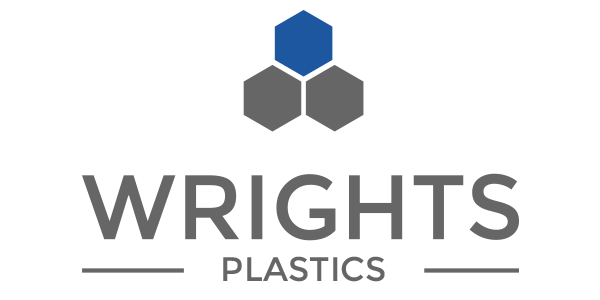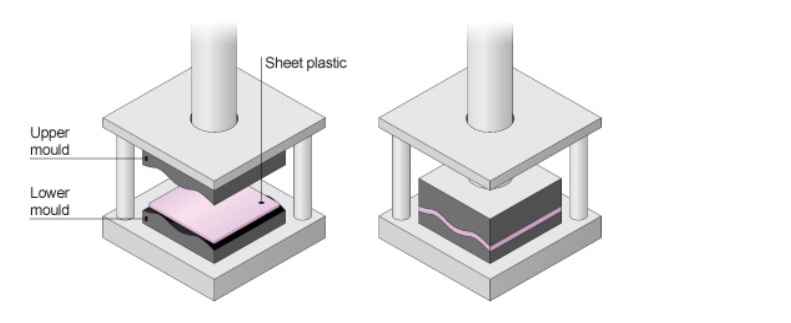Press moulding is a versatile and widely used technique in plastic fabrication. It involves shaping materials using a mould and applying pressure, which allows for the production of precise and consistent parts. This method is popular due to its efficiency, cost-effectiveness, and ability to produce complex shapes with high accuracy. In this blog post, we will explore the process of press moulding, its applications, and the advantages it offers.
Understanding Press Moulding
Press moulding, also known as compression moulding, is a process where a material, most often a plastic or semi-solid state, is placed into a mould cavity. The mould is then closed, and pressure is applied to shape the material into the desired form. The mould is typically made from metal, such as steel or aluminum, which can withstand high pressure and temperature.
There are several key steps in the press moulding process:
- Material Preparation: The raw material, such as clay, plastic, or composite, is prepared. This may involve mixing, heating, or pre-forming to ensure it is in the correct state for moulding.
- Mould Preparation: The mould is cleaned and treated to prevent the material from sticking. It is then heated to the required temperature.
- Moulding: The material is placed into the mould cavity, and the mould is closed. Pressure is applied, usually using a hydraulic press, to shape the material.
- Cooling and Ejection: The mould is cooled to solidify the material, after which the mould is opened, and the finished part is ejected.
Applications of Press Moulding
Press moulding is used in various industries due to its ability to create detailed and durable products. Some common applications include:
- Automotive Industry: Producing components such as dashboard panels, bumpers, and interior trim.
- Aerospace Industry: Manufacturing parts that require high strength and lightweight properties, like panels and brackets.
- Consumer Goods: Creating everyday items such as kitchenware, toys, and electronic casings.
- Construction: Fabricating components like tiles, panels, and insulation materials.
- Medical Devices: Producing items such as prosthetics and surgical instruments that require precise and reliable manufacturing.
Advantages of Press Moulding
Press moulding offers several benefits that make it a preferred method in various sectors:
- Cost-Effectiveness: The process is relatively low-cost compared to other moulding techniques, especially for large production runs.
- Material Versatility: Press moulding can be used with a wide range of materials, including plastics, composites, and ceramics.
- Precision and Consistency: The use of high-quality moulds ensures that parts are produced with consistent dimensions and minimal defects.
- Complex Shapes: The technique allows for the creation of complex and intricate shapes that would be difficult to achieve with other methods.
- High Strength: Parts produced by press moulding are often strong and durable, making them suitable for demanding applications.
Conclusion
Press moulding is a powerful technique that plays a crucial role in modern manufacturing. Its ability to produce high-quality, consistent parts efficiently makes it an invaluable process in various industries. Whether it’s creating components for cars, planes, or household items, press moulding continues to be a go-to method for manufacturers looking to achieve precision, durability, and cost-effectiveness in their products. By understanding the intricacies of press moulding, businesses can better leverage this technology to meet their production needs and stay competitive in their respective markets.


